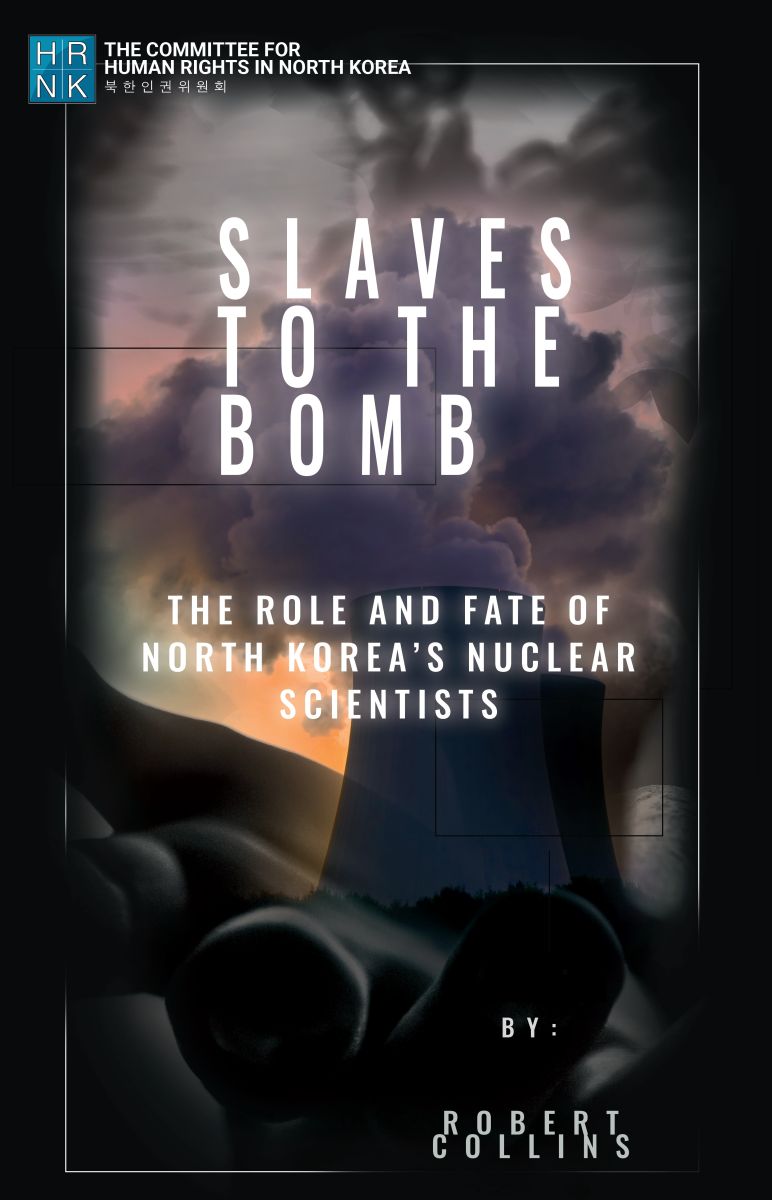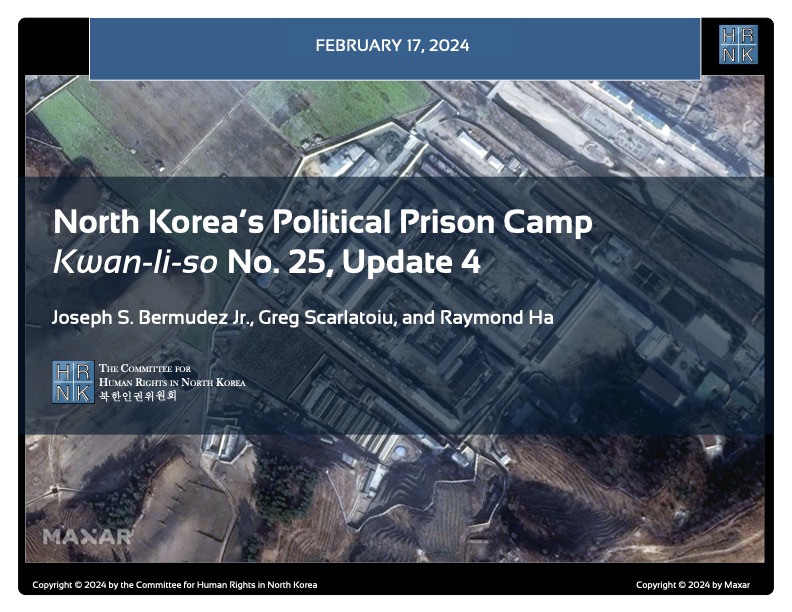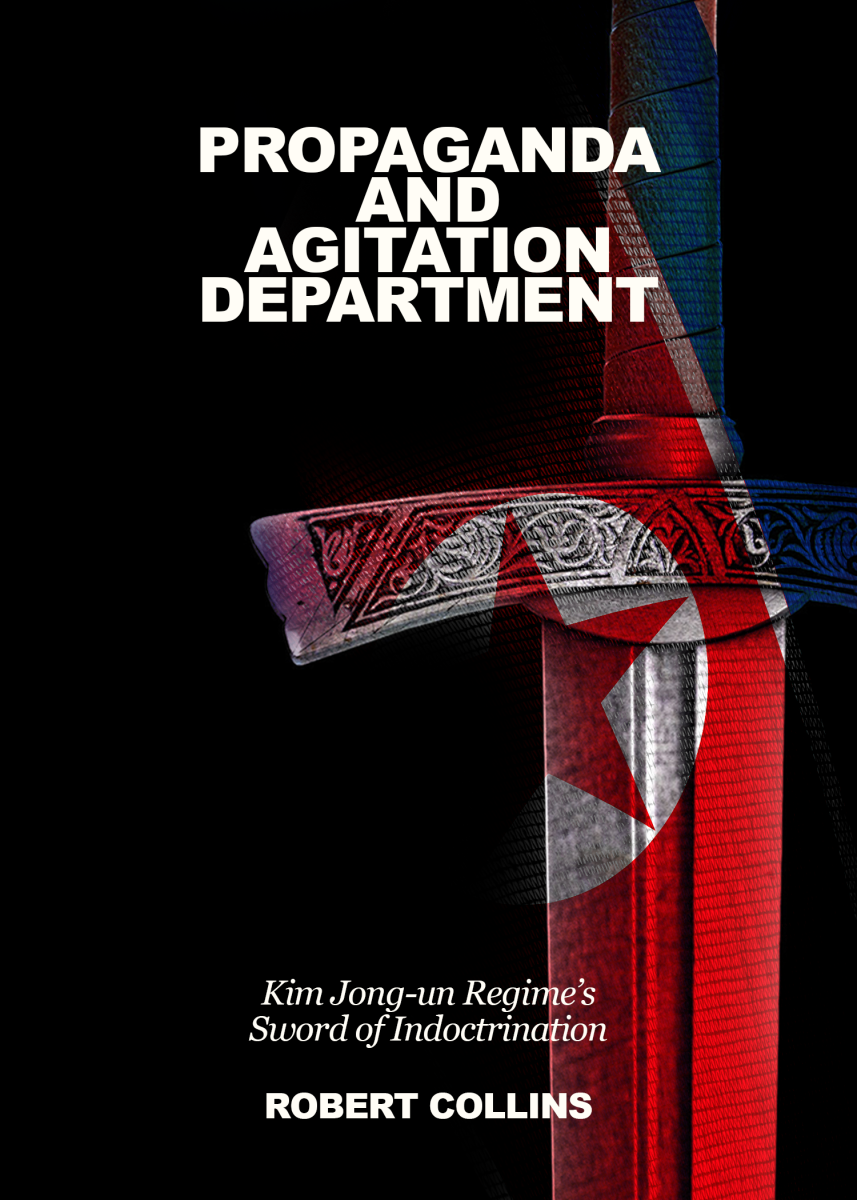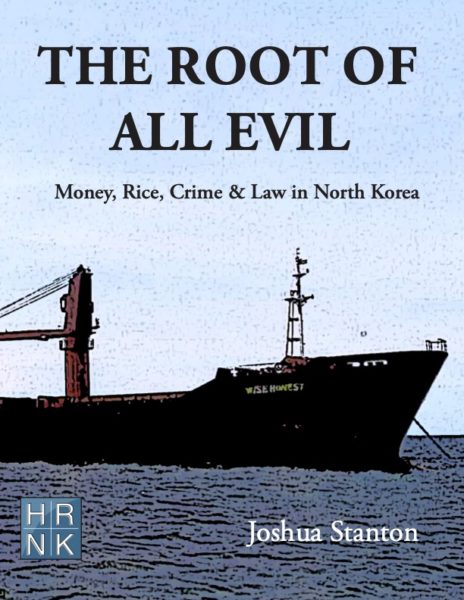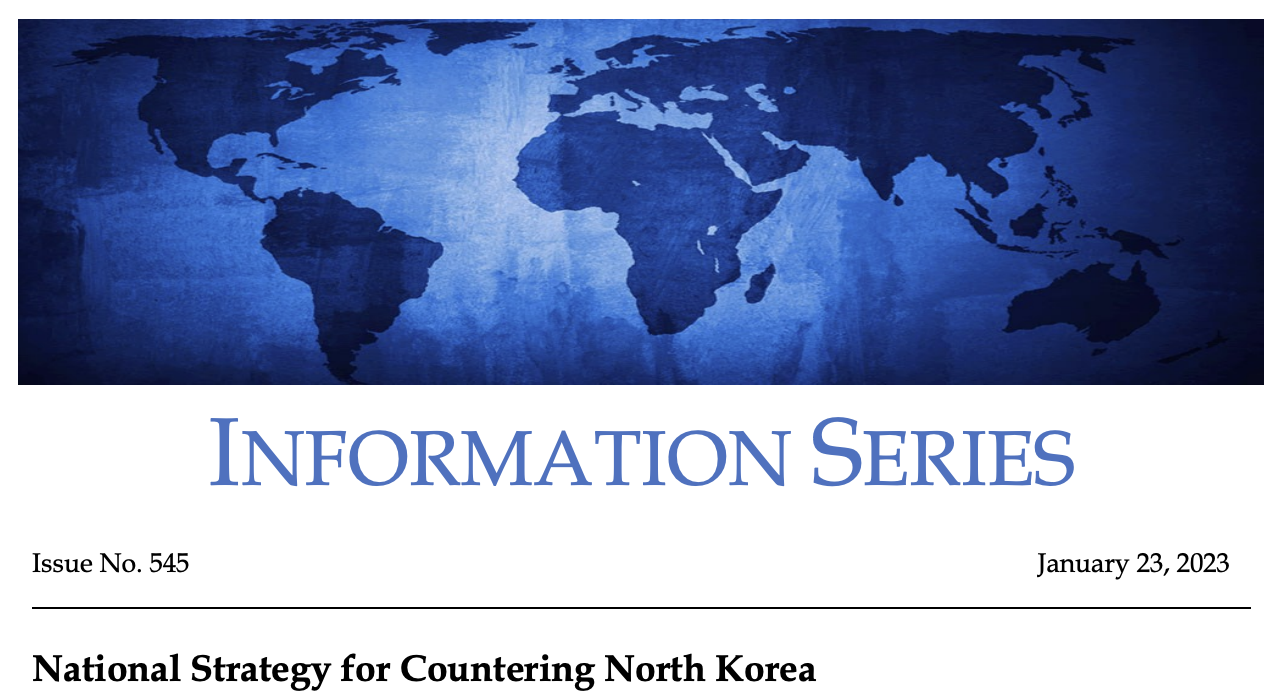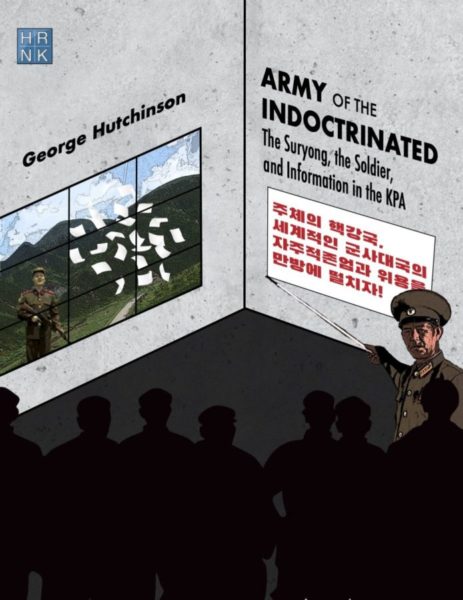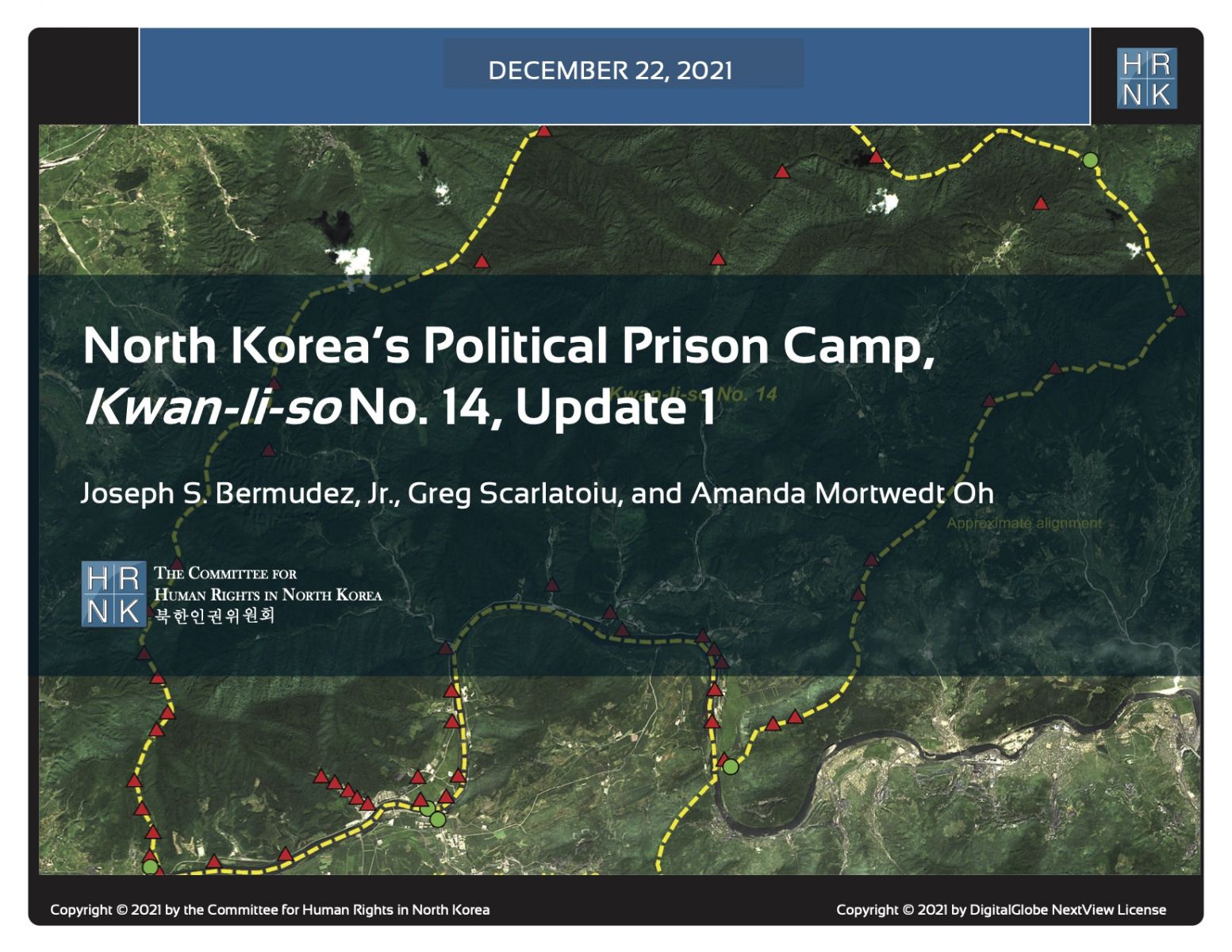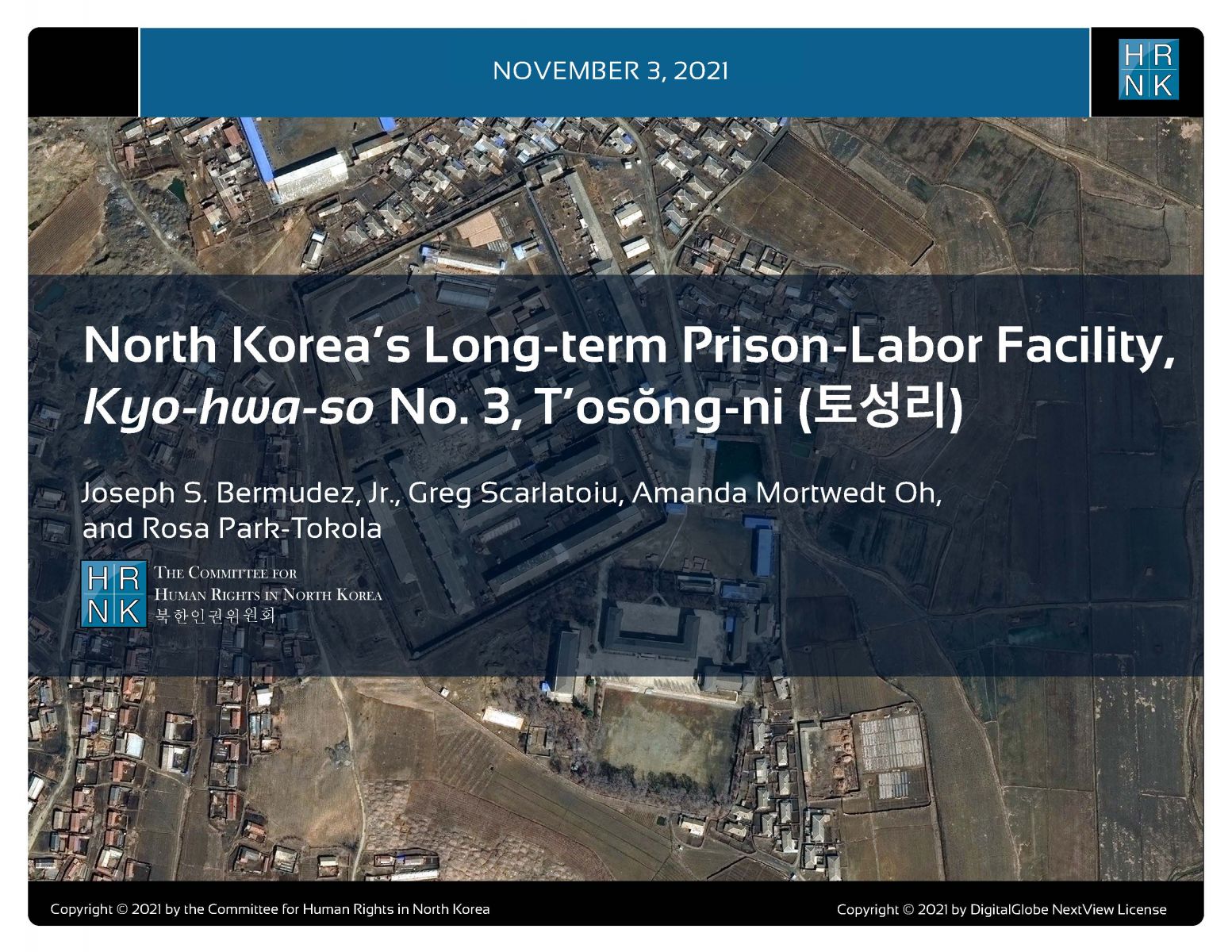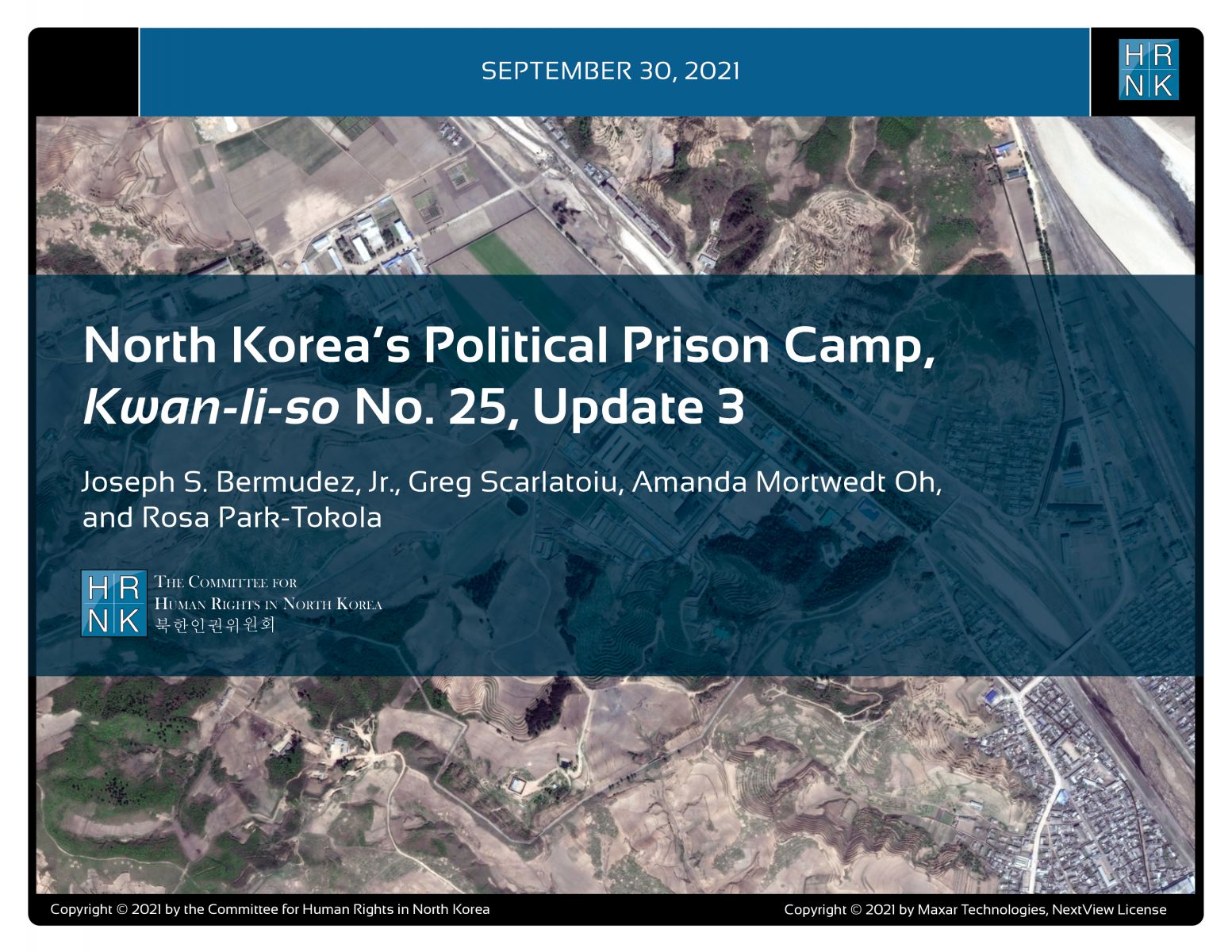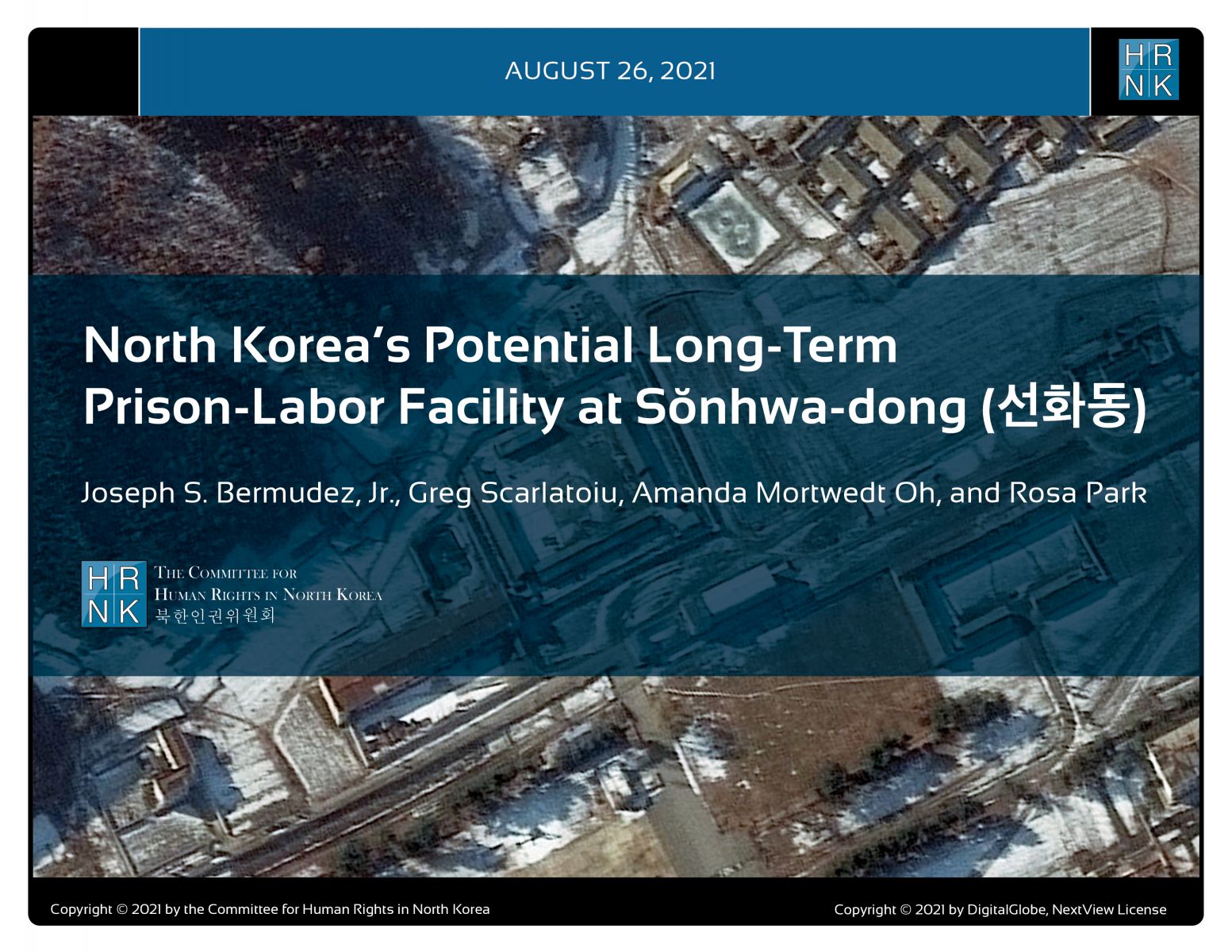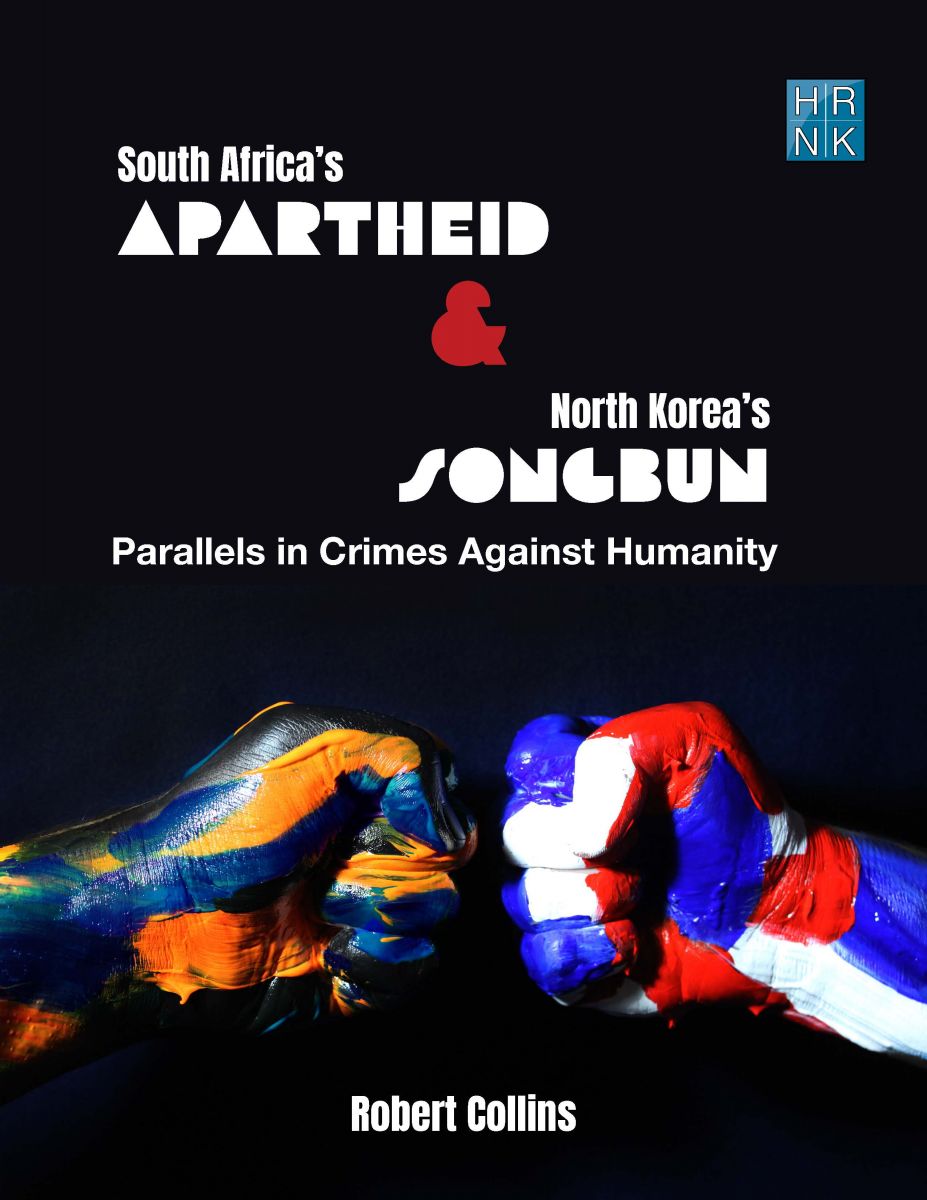Report Embargoed until 12:01 am EDT, Wednesday, June 6, 2012
Committee for Human Rights in North Korea Releases First Comprehensive Study of North Korea’s Discriminatory Social Classification System: “Songbun.”
The Committee for Human Rights in North Korea (HRNK), a Washington D.C.-based non-governmental organization which researches and reports on North Korean human rights, will launch the publication Marked For Life: Songbun—North Korea’s Social Classification System on June 6, 2012 at the American Enterprise Institute.
The report was authored by Robert Collins, a 37-year veteran of the Department of Defense and an expert on North Korea and Northeast Asian security issues. Collins argues that it is essential to shed light on the songbun system because it is “the basic concept underlying all of North Korea’s human rights violations” and permeates every aspect of North Korean society. He dedicated the report to the 75 North Korean defectors he interviewed to produce it.
At birth, each North Korean is assigned a songbun status by the government based on the perceived political loyalty of one’s family to the regime. Although the Universal Declaration of Human Rights asserts that “all human beings are born free and equal in dignity and rights,” all North Koreans are classified as “loyal,” “wavering, or “hostile” and face discrimination on the basis of this classification in food distribution, housing, residential location, employment, education, and all aspects of a person’s life. The wavering and hostile classes are estimated to total 72% of the population, or more than 16 million North Koreans. Only the small politically loyal class is entitled to live in Pyongyang and benefit from extensive privileges,
North Korea’s political prison camps or “gulags,” in which an estimated 150,000 to 200, 000 are incarcerated, were originally designed to root out “counter-revolutionaries” from society, expel them from Pyongyang, and isolate them and their families in remote, inhospitable areas in the mountains.
“The North Korean government has the notable distinction of being one of the most brutal, repressive, and controlled political systems of the past century,” says Andrew Natsios, former director of the U.S. Agency for International Development (USAID) and Co-Chair of the Committee. The songbun system leads to a society that is highly stratified as a means of social control, where every North Korean is truly “marked for life” from birth.
“Although money, bribery and corruption have recently begun to erode the songbun system,” observes Roberta Cohen, Co-Chair of the Committee, “the main elements of this pernicious political segregation remain in place, guaranteed by a complete absence of political freedom.”
“Throughout its 64 year existence, the Kim regime has claimed that North Korea is an egalitarian workers’ paradise. Yet, inequality is assigned at birth, perpetuated throughout a person’s lifetime and cruelly enforced by those in power to benefit themselves and their supporters,” says Greg Scarlatoiu, Executive Director of the Committee.
As a starting point, this report recommends that North Korea allow the U.N. High Commissioner for Human Rights and the Special Rapporteur on Human Rights in North Korea full, free, and unimpeded access, so that they can study the impact of the songbun system on the human rights of North Koreans. Governments, NGOs and international organizations are urged to call attention to this deliberate state policy of discrimination and work to eliminate this practice that so flagrantly violates basic principles of human rights.
The Committee for Human Rights in North Korea, established in 2001 by a distinguished group of foreign policy and human rights specialists, seeks to draw attention to human rights conditions in North Korea by publishing well-documented reports and papers, convening conferences, testifying at national and international fora, and seeking creative ways to end the isolation of the North Korean people. Most recently, the Committee launched its Hidden Gulag publication on North Korean political prison camps at an April 2012 conference in Washington DC.
For inquiries regarding the songbun report, please contact Greg Scarlatoiu, Executive Director of the Committee for Human Rights in North Korea ([email protected], 202-499-7973).
This is the first satellite imagery report by HRNK on a long-term political prison commonly identified by researchers and former detainees as Kwan-li-so No. 18 (Pukch'ang). This report was concurrently published on Tearline at https://www.tearline.mil/public_page/prison-camp-18.
To understand the challenges faced by the personnel who are involved in North Korea’s nuclear program, it is crucial to understand the recruitment, education, and training processes through the lens of human rights. This report offers a starting point toward that understanding. North Korea’s scientists and engineers are forced to work on the nuclear weapons program regardless of their own interests, preferences, or aspirations. These individuals may be described as “moder
In this submission, HRNK focuses its attention on the following issues in the DPRK: The status of the system of detention facilities, where a multitude of human rights violations are ongoing. The post-COVID human security and human rights status of North Korean women, with particular attention to sexual and gender-based violence (SGBV). The issue of Japanese abductees and South Korean prisoners of war (POWs), abductees, and unjust detainees.
This report provides an abbreviated update to our previous reports on a long-term political prison commonly identified by former prisoners and researchers as Kwan-li-so No. 25 by providing details of activity observed during 2021–2023. This report was originally published on Tearline at https://www.tearline.mil/public_page/prison-camp-25.
This report explains how the Kim regime organizes and implements its policy of human rights denial using the Propaganda and Agitation Department (PAD) to preserve and strengthen its monolithic system of control. The report also provides detailed background on the history of the PAD, as well as a human terrain map that details present and past PAD leadership.
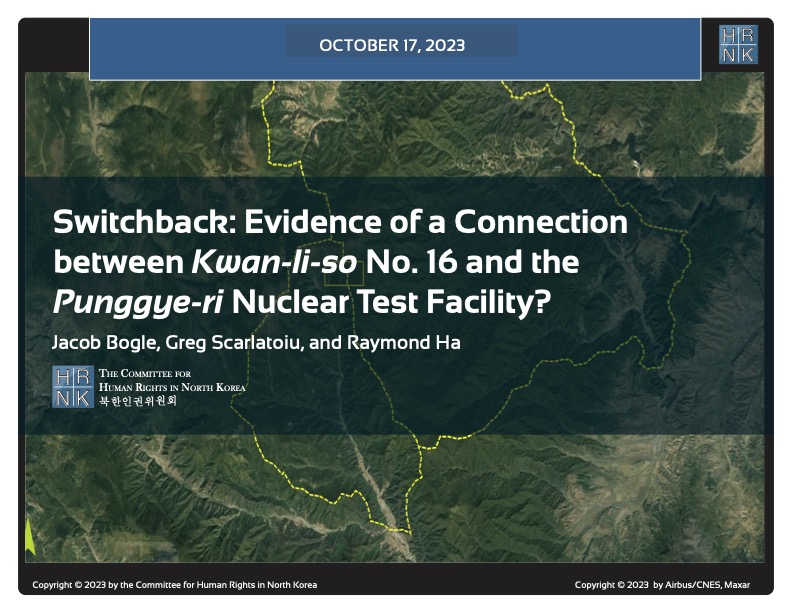
HRNK's latest satellite imagery report analyzes a 5.2 km-long switchback road, visible in commercial satellite imagery, that runs from Testing Tunnel No. 1 at North Korea's Punggye-ri nuclear test facility to the perimeter of Kwan-li-so (political prison camp) no. 16.
This report proposes a long-term, multilateral legal strategy, using existing United Nations resolutions and conventions, and U.S. statutes that are either codified or proposed in appended model legislation, to find, freeze, forfeit, and deposit the proceeds of the North Korean government's kleptocracy into international escrow. These funds would be available for limited, case-by-case disbursements to provide food and medical care for poor North Koreans, and--contingent upon Pyongyang's progress
For thirty years, U.S. North Korea policy have sacrificed human rights for the sake of addressing nuclear weapons. Both the North Korean nuclear and missile programs have thrived. Sidelining human rights to appease the North Korean regime is not the answer, but a fundamental flaw in U.S. policy. (Published by the National Institute for Public Policy)
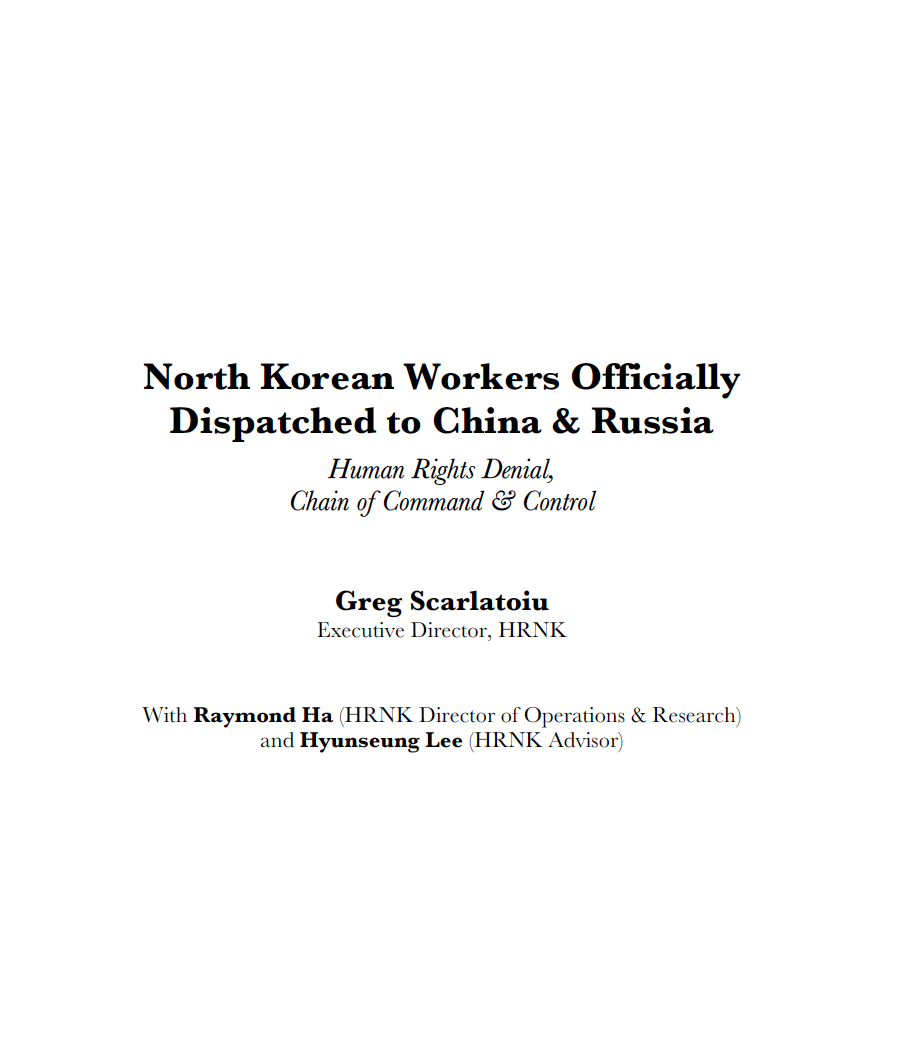
North Korea’s forced labor enterprise and its state sponsorship of human trafficking certainly continued until the onset of the COVID pandemic. HRNK has endeavored to determine if North Korean entities responsible for exporting workers to China and Russia continued their activities under COVID as well.
George Hutchinson's The Suryong, the Soldier, and Information in the KPA is the second of three building blocks of a multi-year HRNK project to examine North Korea's information environment. Hutchinson's thoroughly researched and sourced report addresses the circulation of information within the Korean People's Army (KPA). Understanding how KPA soldiers receive their information is needed to prepare information campaigns while taking into account all possible contingenc
This report is part of a comprehensive long-term project undertaken by HRNK to use satellite imagery and former prisoner interviews to shed light on human suffering in North Korea by monitoring activity at political prison facilities throughout the nation. This is the second HRNK satellite imagery report detailing activity observed during 2015 to 2021 at a prison facility commonly identified by former prisoners and researchers as “Kwan-li-so No. 14 Kaech’ŏn” (39.646810, 126.117058) and
This report is part of a comprehensive long-term project undertaken by HRNK to use satellite imagery and former prisoner interviews to shed light on human suffering in North Korea by monitoring activity at civil and political prison facilities throughout the nation. This study details activity observed during 1968–1977 and 2002–2021 at a prison facility commonly identified by former prisoners and researchers as "Kyo-hwa-so No. 3, T'osŏng-ni" and endeavors to e
This report is part of a comprehensive long-term project undertaken by HRNK to use satellite imagery and former detainee interviews to shed light on human suffering in the Democratic People’s Republic of Korea (DPRK, more commonly known as North Korea) by monitoring activity at political prison facilities throughout the nation. This report provides an abbreviated update to our previous reports on a long-term political prison commonly identified by former prisoners and researchers as Kwan-li-so
Through satellite imagery analysis and witness testimony, HRNK has identified a previously unknown potential kyo-hwa-so long-term prison-labor facility at Sŏnhwa-dong (선화동) P’ihyŏn-gun, P’yŏngan-bukto, North Korea. While this facility appears to be operational and well maintained, further imagery analysis and witness testimony collection will be necessary in order to irrefutably confirm that Sŏnhwa-dong is a kyo-hwa-so.
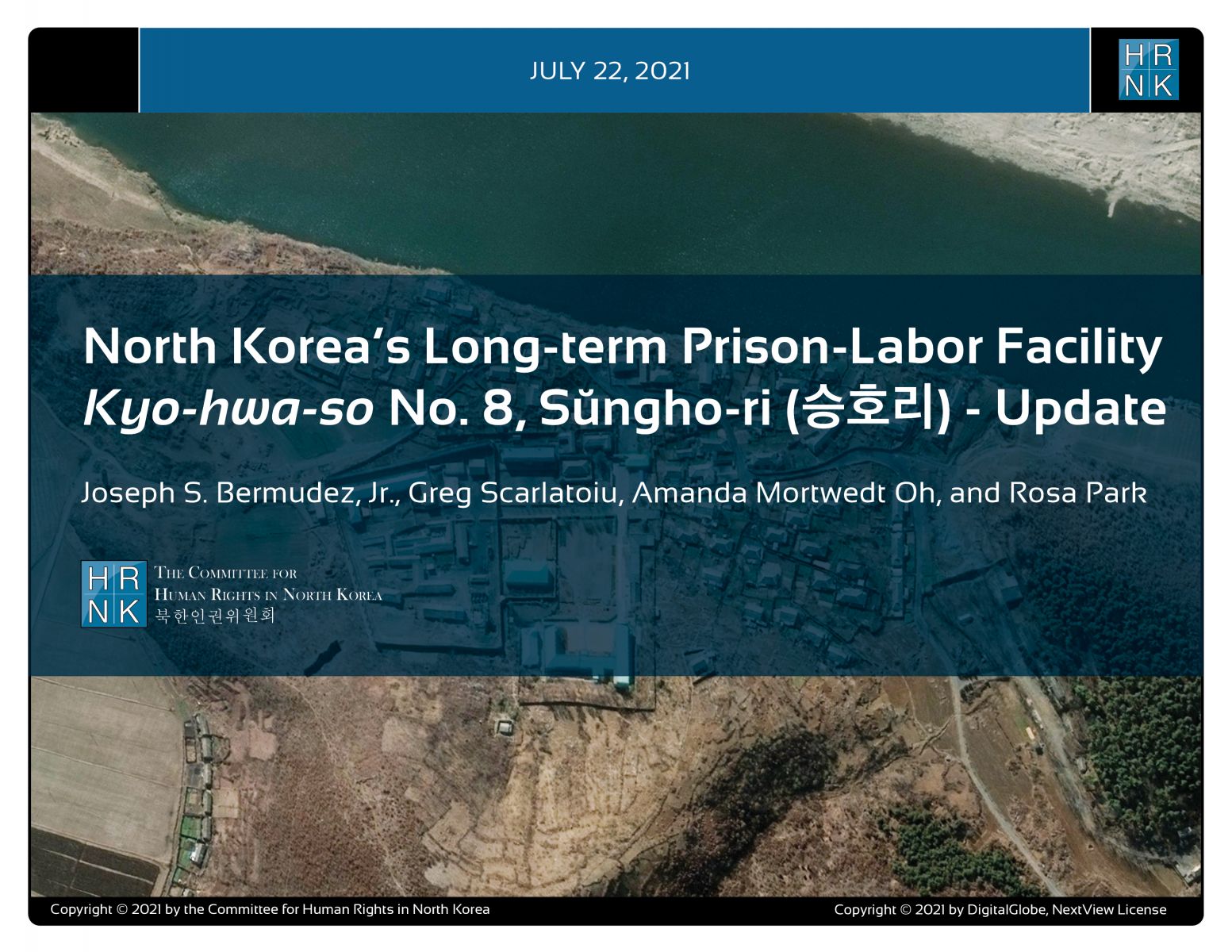
"North Korea’s Long-term Prison-Labor Facility Kyo-hwa-so No. 8, Sŭngho-ri (승호리) - Update" is the latest report under a long-term project employing satellite imagery analysis and former political prisoner testimony to shed light on human suffering in North Korea's prison camps.
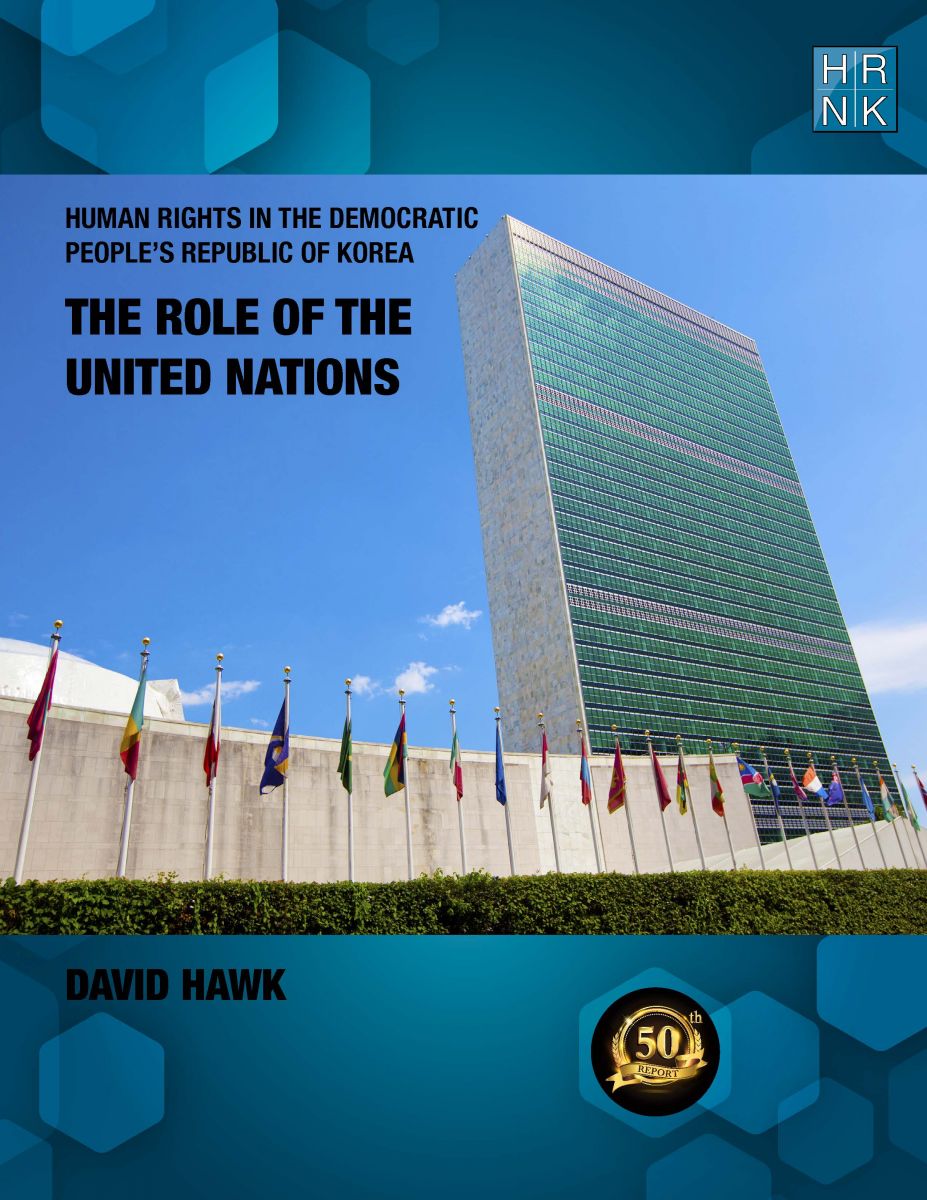
Human Rights in the Democratic Republic of Korea: The Role of the United Nations" is HRNK's 50th report in our 20-year history. This is even more meaningful as David Hawk's "Hidden Gulag" (2003) was the first report published by HRNK. In his latest report, Hawk details efforts by many UN member states and by the UN’s committees, projects and procedures to promote and protect human rights in the DPRK. The report highlights North Korea’s shifts in its approach
South Africa’s Apartheid and North Korea’s Songbun: Parallels in Crimes against Humanity by Robert Collins underlines similarities between two systematically, deliberately, and thoroughly discriminatory repressive systems. This project began with expert testimony Collins submitted as part of a joint investigation and documentation project scrutinizing human rights violations committed at North Korea’s short-term detention facilities, conducted by the Committee for Human Rights

